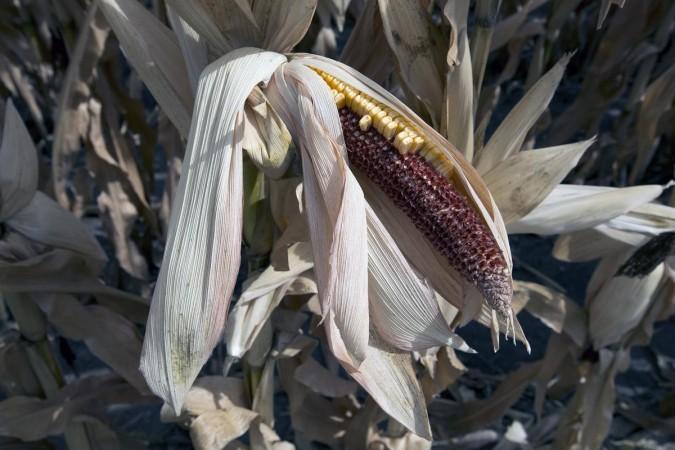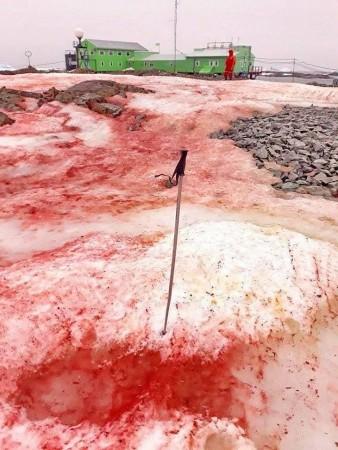A new NASA study shows that the old saying that troubles come unannounced will become increasingly true of climate troubles in a warmer world.
The study shows that extreme weather events such as floods and heat waves will increasingly cluster closer in time, heightening the risks of crop failures, wildfires, and other hazards.
By the year 2100, increases in heat waves, drought, and excessive rainfall combined will double the risk of climate-related failures of corn harvests in at least three of the world's six major corn-growing regions in the same year, according to the study, published in Environmental Research Letters.
The U.S. Midwest is at the highest risk of being the site of one of these multiple harvest failures, especially the corn crop. The U.S. is the world's top corn grower, harvesting some 419 million tons (380.3 million metric tonnes) in 2021.
Many previous studies have modeled changes in a single climate indicator, such as the number of days above 100 degrees Fahrenheit (38 degrees Celsius) in a certain region. But the greatest impacts usually come when extremes occur simultaneously or in close sequence.
For example, Western states are all too familiar with the scenario where excessive heat and drought fuel a wildfire, and then heavy rainfall creates a new hazard, landslides, in the burned area.

Climate scientists have been working for years to understand and represent these complex chains of interacting events numerically in climate models – a daunting task that pushes the limits of available computing power.
"It's only in the last five or so years that a framework has been developed for applying compound-risk thinking to climate analysis in a way that you can actually compute without getting in hopelessly over your head," said study lead author Colin Raymond, a scientist at NASA's Jet Propulsion Laboratory in Southern California.
For their study, the research team used a well-known German climate model called the Max Planck Institute Grand Ensemble to run 100 individual simulations of the years 1991 to 2100. The simulations of the past (1991 to 2020) showed that the model was able to represent extreme-event clusters.
The researchers analyzed simulations of the future through 2100 to examine probable future changes in climate hazards, particularly in hazards that could occur simultaneously or in close succession.

Raymond and his colleagues focused on how the increased clustering of both temperature and precipitation hazards will affect corn. This important food crop is grown worldwide, with six major regions, or breadbaskets, accounting for about two-thirds of all production.
The model simulations showed that by 2100, extreme heat waves lasting at least three days, increasing 10% to 50% in frequency. By their best estimate, the chance that a cluster of events will cause corn crops to fail in at least three of the world's breadbaskets will nearly double, from 29% to 57%, by the year 2100.
The U.S. Midwest is the region most likely to be included in years with three breadbasket failures, followed by Central Europe.
The study also examined how risks to wildfires and human health would increase as extremes follow one another more closely and the results showed, Raymond said, "It's all of those interconnections that best explain the severe impacts we care most about when we're trying to prevent major disasters."














